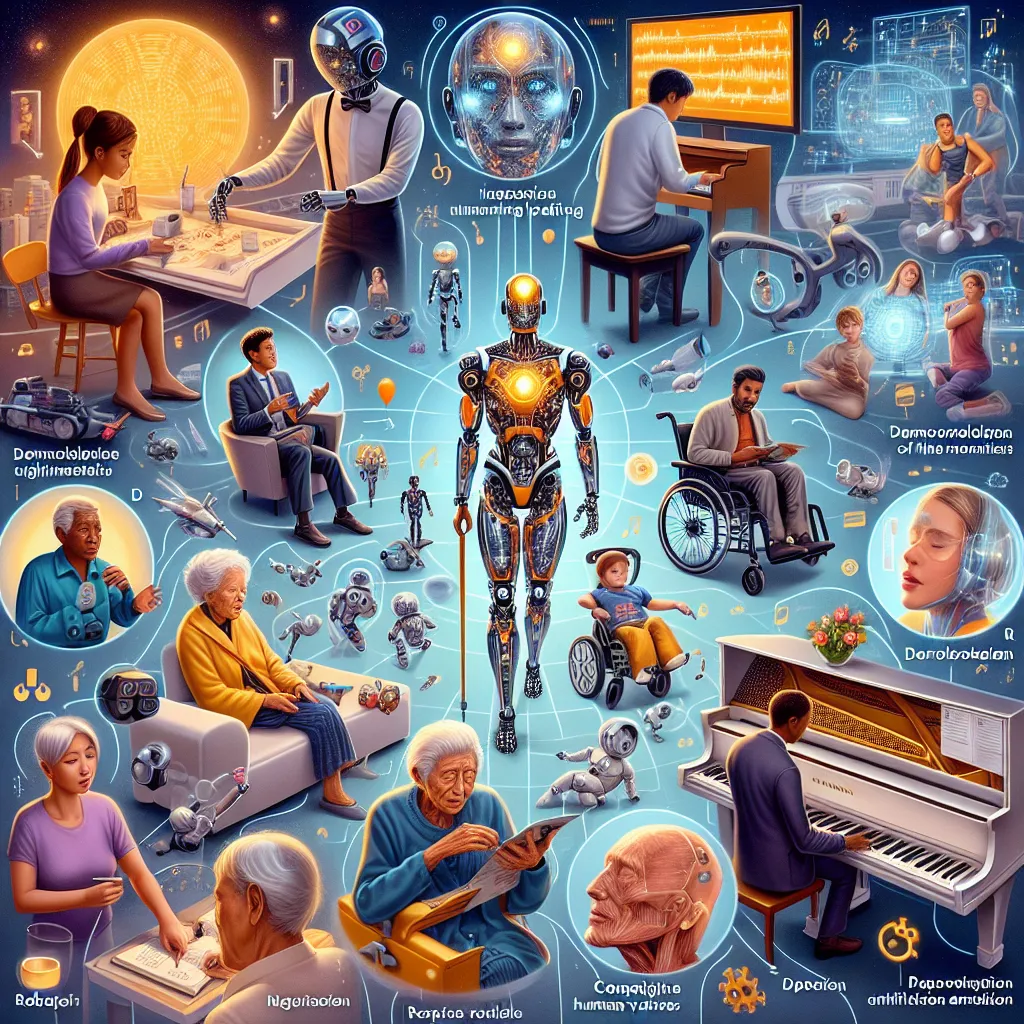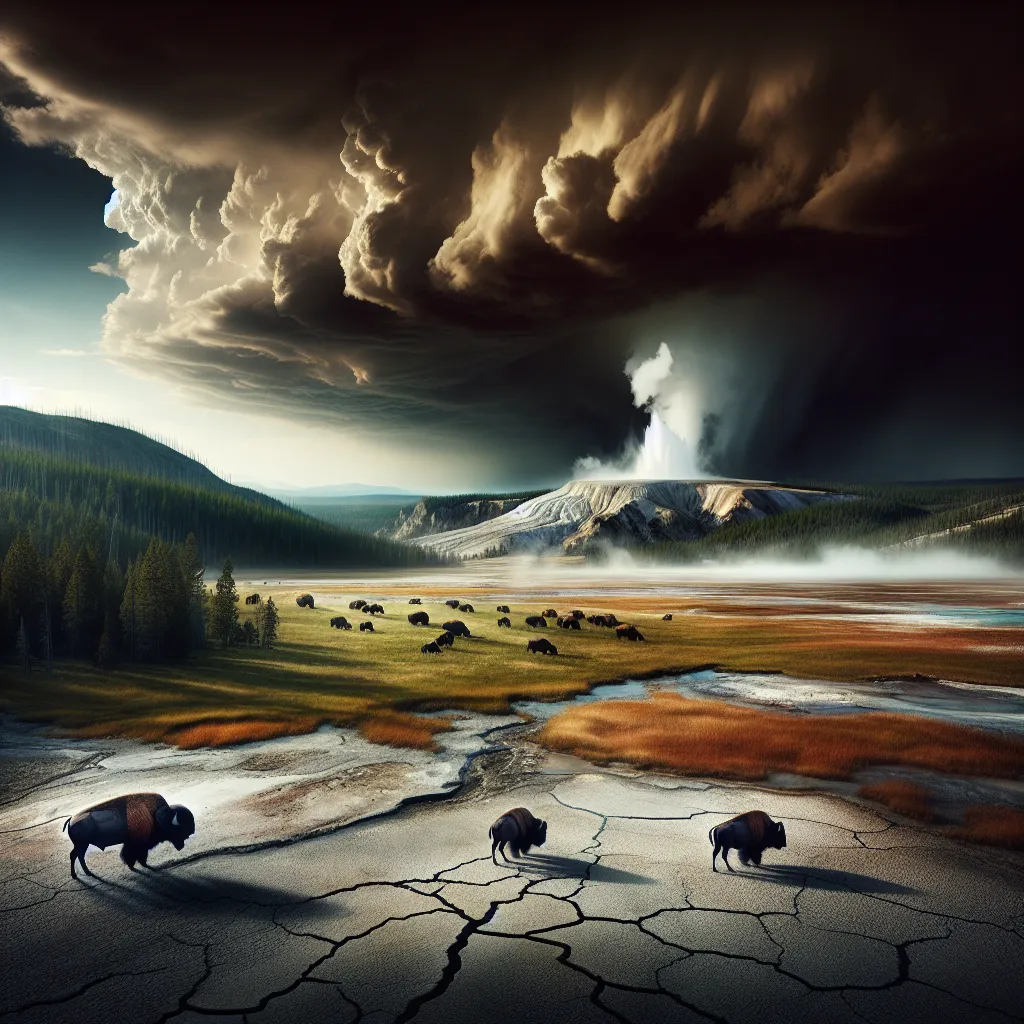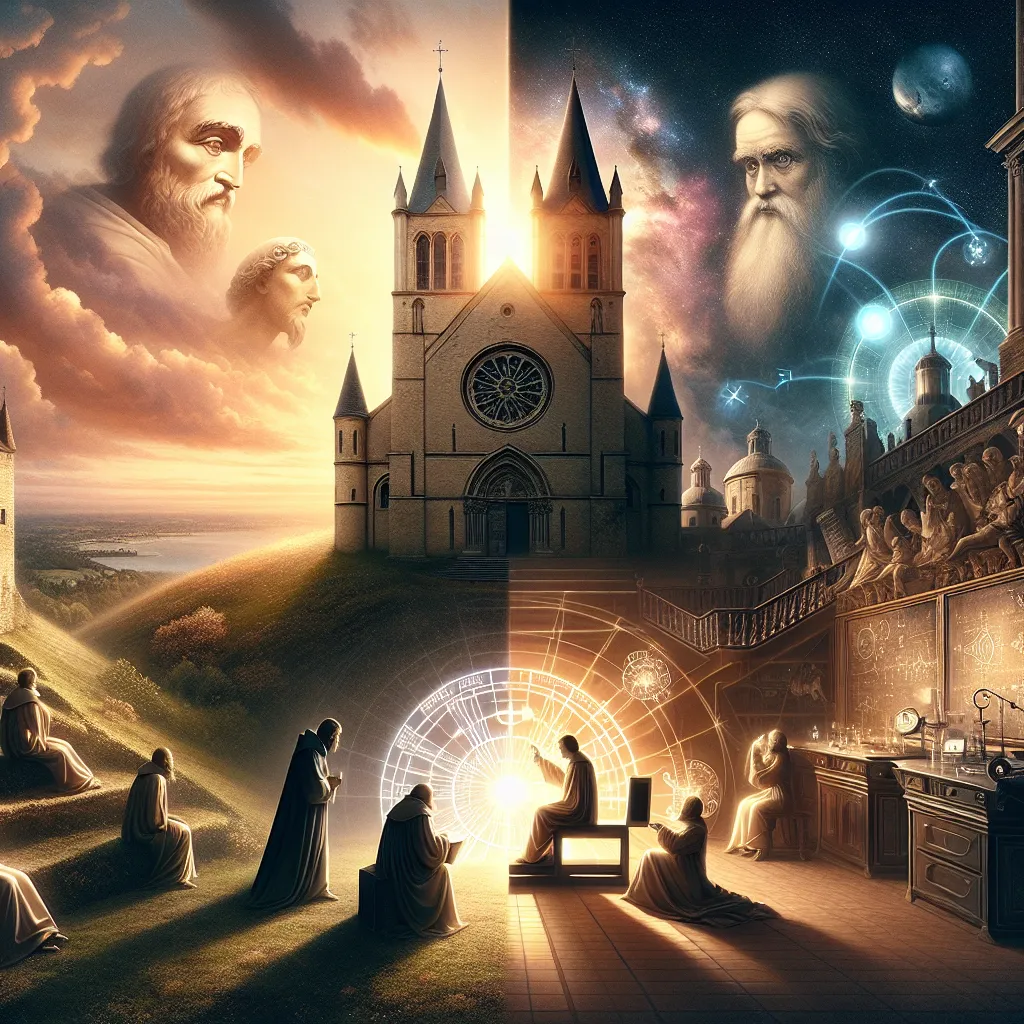For centuries, roboticists have been on a quest to build robots that look and act like humans. Recently, there has been significant progress. These robots now have lifelike appearances and the ability to perceive and express emotions, as well as engage in intimate conversations. But what does this mean for human relationships? Can humans truly coexist with robots?
At Osaka University, Professor Ishiguro has developed a real person-based android called Geminoid. This robot, Geminoid HI-1, is an exact replica of Ishiguro himself, designed to look and act like him. Through this double, Ishiguro can communicate remotely, and often, people find themselves forgetting they are talking to a robot. His research aims to make robots appear more human to ease societal acceptance.
Guy Hoffman, a scientist in New York, disagrees that robots need to look human to interact emotionally with us. He believes it’s more about how they move and react. His AI robot can create impromptu music in tune with a piano, showing that movements can be more important than looks in emotional communication.
Then, there’s the remarkable story of Felipe, who was paralyzed from the waist down due to a car accident 14 years ago. He received an AI-powered dermoskeleton robot called Phoenix, which helps him stand and walk again. Phoenix learns from Felipe’s movements, allowing complex and natural walking patterns over time.
In Japan, there’s also concern about the elderly living alone. Aiko, an older woman, found solace in a small AI robot named Palmy. Palmy can converse and keep Aiko company, alleviating her fears of dying alone. The robot even remembers past conversations and uses this information to make interactions more personal and comforting.
Students like Joy Sugar find companionship in AI chatbots like Xiaobing. These virtual friends can offer support and conversation, tailored to individual needs, creating a special emotional connection that can sometimes be easier than dealing with real people.
There are even AI therapists like Ellie, aimed at helping patients, such as war veterans with PTSD. Patients often open up more to Ellie, knowing she is not human, which can be a more comfortable experience for them.
While AI technology promises significant benefits, we need to be cautious about biases and ethical concerns. For example, AI can inherit human biases, as seen in algorithms used in the criminal justice system that unfairly target certain demographics. Researchers are now teaching robots moral reasoning to prevent harm, emphasizing the need for AI to understand and respect human safety and fairness.
Robots like Schaefer are trained to make ethical decisions, ensuring they do not inadvertently harm humans. This training is crucial as AI becomes more integrated into our daily lives.
As AI continues to evolve, it challenges us to think about our future coexistence with robots. It’s about improving human lives but also ensuring these technologies reflect our values and ethics. The developments in AI are not just about creating smarter machines but creating a future where humans and machines can coexist harmoniously, enhancing the quality of life while addressing moral and ethical concerns.






